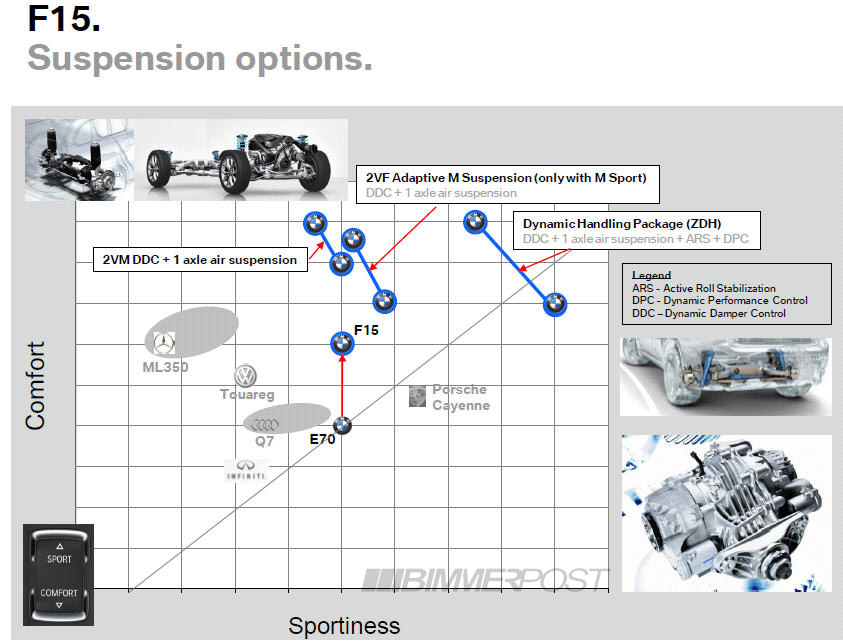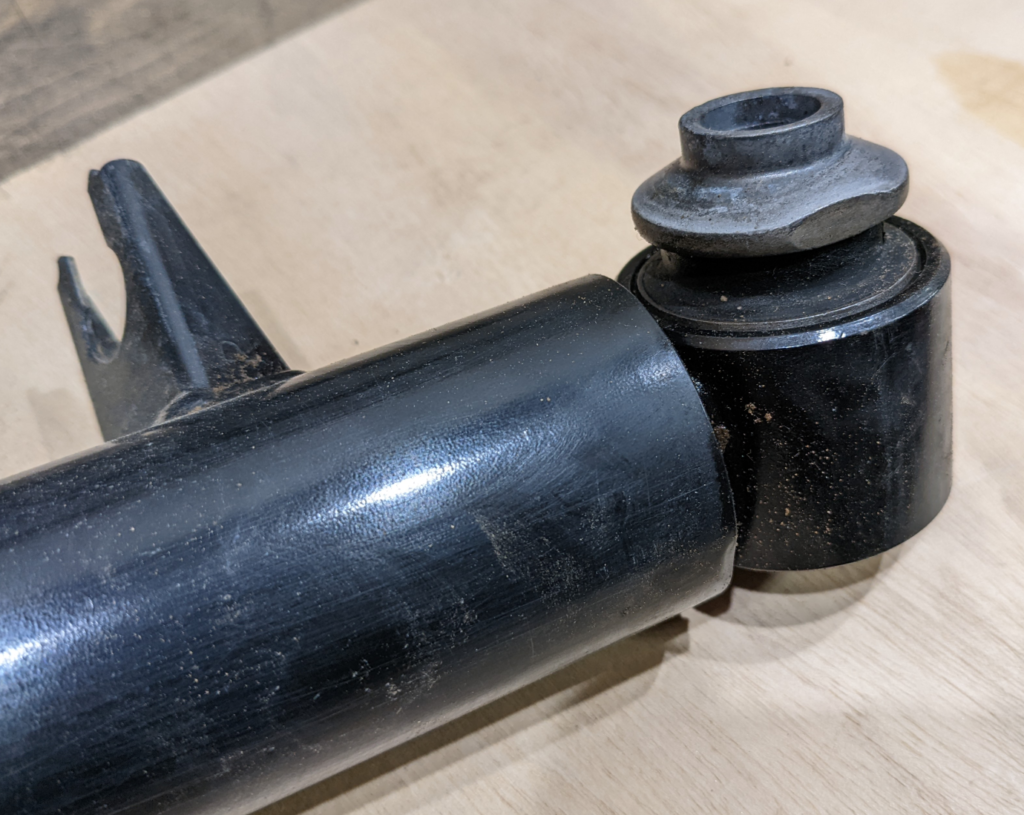The 2018 X5 we got last February, in a lucky lull of this year’s wild climb in used-car prices, has already accumulated 18,000 more miles—even with our commutes cut to less than one day a week. It’s evidence that the luxury SAV encourages driving, although until recently, driving it was not pure pleasure.
Compared to our previous E70 X5, the newer one has better low-end throttle response, a much more responsive transmission, and lots of other improvements. The changes I don’t consider improvements are mostly little things: the heated-steering-wheel button moved down to the side of the column, versus being on one of the steering-wheel spokes; the cruise controls that owned their own stalk on the former car now occupy one of the steering-wheel spokes in a fussy little grid of toggles and buttons; the LED high beams have not quite the throw of the E70’s HID units; and—
That’s about it for the little things.
The twin elephants in the room have to do with changes related to the brand’s shift in consumer targeting. For most BMW models, the target audience is moving away from enthusiasts and toward isolationists.
Pachyderm the first: Instead of the heavy hydraulically assisted power steering of the previous generation, the F15 has electrically assisted power steering. At its core, this change is fine; it’s one less system to leak fluid and reduces power waste. But its level of assist is reee-diculous. The car can be steered with one finger at a dead stop. It could be driven with one finger—if the too-light steering didn’t strip out the road feel and replace it with a feeling of instability. Changes in steering angle don’t produce the tactile feedback I’m accustomed to; you have to rely much more on forward vision to judge the accuracy of your vector. My first drives down the twisty canyon roads were full of corrections and adjustments, and even allowing for my slow learning curve, it took a surprising number of drives to adjust to the change.
Hmm: Maybe I haven’t adjusted completely. I usually drive with two hands, ’cause you never know when something unexpected will happen. But in the newer X5, I drive with two hands even on straight Interstates, because its tracking does not inspire confidence. So far, no clear-cut solution to the steering feel has appeared.
The Sport and Sport Plus settings may reduce the assist level—this is a rumor on some X5 forums—but I haven’t found a reliable measurement that shows a difference. Once I tried using the Sport mode, I stuck with it for another reason: The electronic nannies have a higher tolerance for cornering forces in that mode.
But “Driver Aids and Their Effect on Driver Training” is a whole ‘nuther story, one which we’ll defer for now.
Pachyderm the second: The base suspension of the F15 X5 is a bit squishy. I don’t notice the nose diving under braking, but the body lean in corners is marked; to compound that, any set of curves that alternate direction will release a harmony of body-rocking oscillations. It concerned me enough to check the condition of the suspension, but all four corners’ parts had integrity. This must be by design?!
In an online forum, I found a handy chart comparing the “comfort” and “sportiness” of the older and newer X5s, along with masked references to other makes’ comparable SAVs. Noting the lack of any scales on the axes, and of any numeric values on the points, this is clearly a qualitative rather than quantitative comparison. But let’s see what it says:
According to the chart, the E70 was almost perfect—that is, it was almost in the center, a perfect balance of the two axis traits. The base suspension for the F15 could have been designed to hit that center… but instead it overshot it, climbing higher and higher into the clouds of comfort. Qualitatively, this chart lines up with my experiences.
It’s also occasioned a spate of second-guessing on my choice of used X5. I was wooed by the head-up-display and multi-contour seats and luxurious-leather of the car we bought, but perhaps I should have sought out an F15 built with the Dynamic Handling Package. I’ll know better next time; heck, I may restrict my future purchases to models with a big M on them.
I’m not going to replace the X5 currently in my garage; instead, I replaced its shocks. Following the nice results of installing Bilstein B6s on my 2012 wagon, I hunted up a set of B6s for the X5. The supply pipeline is pretty sluggish these days, so it took several weeks to land the units in my garage. I left the front installation to the folks at Electromod in Rollinsville, Colorado, and bolted up the rear shocks myself.
One new-to-me thing about the rear shock mounting was the manner in which the lower eye is connected to the trailing arm. Here’s a shot of the lower eye, with its rubber bushing, and a formidable steel taper-flanged collar.
That collar’s cone fits into a matching recess in the cast-aluminum rear control arm, and a mammoth 14-mm bolt clamps the two together with 122 foot-pounds of twist. Good thing I have an extra-long torque wrench.
Yes, the Bilsteins quashed the squishiness. Through the nearest set of esses, the X5 takes a set early, and swinging the wheel back for the next chord no longer disturbs the car’s equilibrium. So the elephants have been tamed.
But I’ve learned: next time is M time.—Marinus Damm
[Photos courtesy Marinus Damm, Jason at BimmerPost.]























